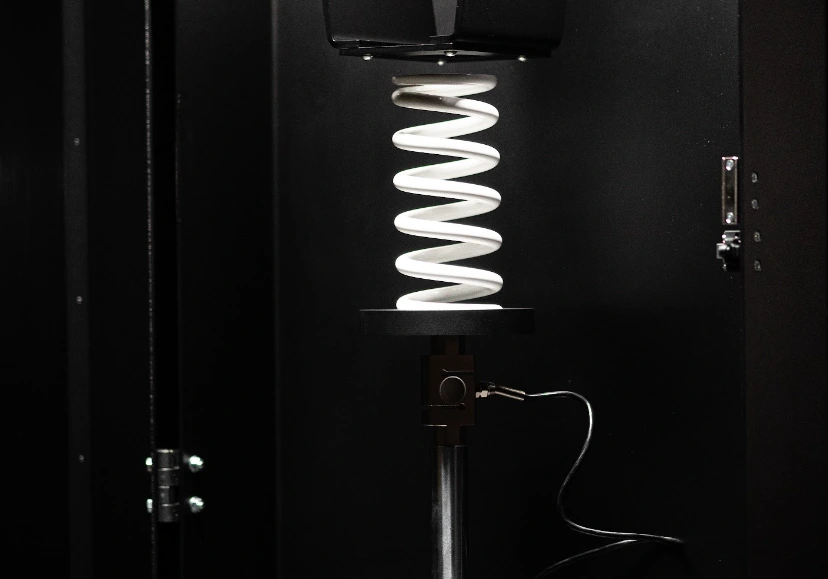We know how important it is to know the spring rate of a spring, but what is a spring rate?
Simply put, it is the resistive force the spring will do according to how much it is compressed.
In practice, this means that a 50 N per millimeter spring will make a resistive force of 50 N if you compress it 1 millimeter.
If you compress it 2 mm, it will make a resistive force of 100 N, and if you compress it 3 mm… you guessed it, it will make a resistive force of 150 N.
This, of course, if we are talking about a linear rate spring.
If we have a progressive rate spring, that math is no longer useful because the resistive force will increase according to the compression. A spring rate tester comes in handy to figure out where on the compression travel of the spring we have the increase in resistive force.
How does spring rate affect driving and riding?
A higher spring rate means the spring is stiffer and requires more force to compress or extend, while a lower rate of spring means it is softer and requires less force.
Stiffer springs reduce body roll, pitch, and dive during cornering, acceleration, and braking, improving the vehicle’s stability and responsiveness. On the other hand, they transmit more road imperfections (bumps, cracks, etc.) to the cabin, leading to a rougher ride and less comfort. Stiffer springs usually are ideal for performance driving.
Softer springs absorb road imperfections more effectively, providing a smoother and more comfortable ride, especially on rough or uneven roads. The trade-off is that softer springs allow more body movement (body roll, dive, and squat), making the vehicle less stable during aggressive driving or cornering. Generally, they are perfect for daily driving.
As a spring rate directly affects the performance, comfort, safety, and overall behavior of a suspension, it is crucial to measure the spring rate before installing it into a vehicle.
You also might like these articles:
